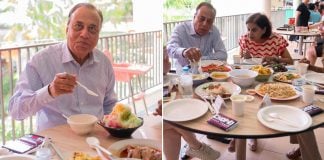Most Singaporeans feel negatively about population increase
In September, the National Population and Talent Division (NPTD) released Singapore’s latest population figures, which crossed 6 million for the first time in the country’s history.
As news of this development was published, some Singaporeans appeared disgruntled over the trajectory of the country’s population growth.
In particular, they took issue with the substantial increase in the non-resident population.

Source: Facebook
According to the figures, the 5% growth in the non-resident population far outpaced the 0.7% increase in Singaporeans. As of July 2024, there are 1.86 million non-residents in Singapore and 3.64 million Singaporeans.
Apart from the increase in the non-resident population, Singapore also saw a drop in citizen births and the total fertility rate.

The number of citizen births fell by 5.1%, while the total fertility rate dropped to a historic low of 0.97 despite the record-breaking population.
Many have thus expressed concern about the rising number of foreigners, citing grievances over the dilution of national identity and intensified job competition.
66% of Singaporeans feel negative about population rising
In a poll on Answers.sg, Singaporeans were asked how they felt about the country’s population exceeding 6 million.
Of 1,438 respondents, a 66% majority thought negatively of the news.
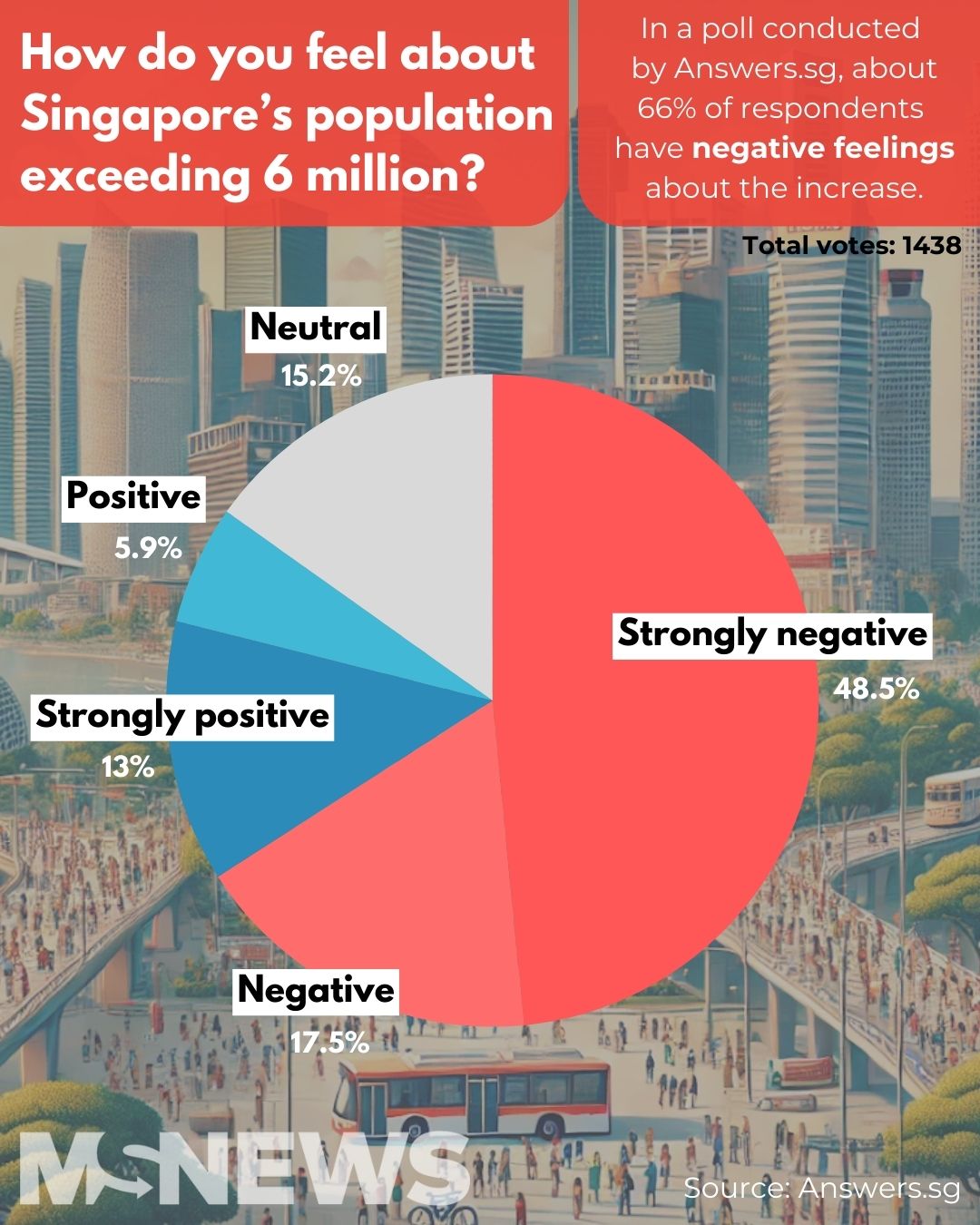
Source: Answer.sg
Close to half of all respondents felt strongly negative about the development, while 17.5% indicated that they felt negative.
Less than one-fifth of the polled respondents think positively of the population increase.
Dilution of native culture
Speaking to MS News, Dr Tan Poh Lin, an expert in Singapore’s family and population at the Lee Kuan Yew School of Public Policy, gave her opinions on what an increased population can entail.
While acknowledging the economic benefits of having a larger non-native population, she also raised concerns of cultural dilution.
“There is a risk of national and cultural identity erosion that comes with increased labour flow due to increased plurality of language, cultural practices and values in public spaces,” said Dr Tan.
“It becomes more crucial to preserve national traditions and history and to uphold the role of families in community building,” she continued.
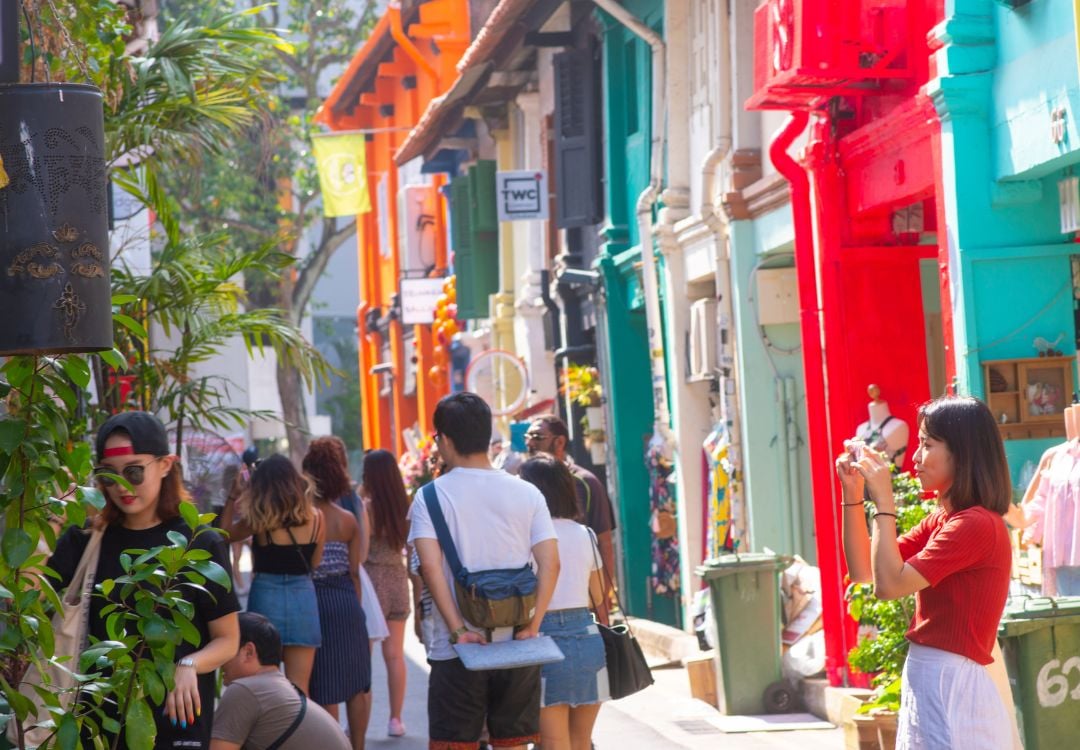
Source: Canva
This view was echoed by Member of Parliament (MP) Jamus Lim on LinkedIn. He asked if “unmitigated population inflows” might dilute Singapore’s “hard-forged cultural identity”.
While increasing citizen births would be one way to balance out the influx of non-residents, doing so is easier said than done.
Dr Walter Edgar Theseira, professor at Singapore University of Social Sciences, said that it is not possible for citizen births to increase drastically beyond the current figure.
“Between splitting the same budget over more children or spending more each on a smaller number of children, most will choose the latter,” he explained.
Clarifying foreigner job competition
With more non-residents in Singapore, citizens may also see them as competition for goods such as housing or jobs.
This is especially the case for highly-skilled migrant workers or expatriates who may be vying for the same jobs as Singaporeans.

Source: Facebook
However, Dr Theseira noted that Singaporeans don’t usually seek jobs taken up by the largest group of foreigners, which is lower-skill workers.
“On the lower end, migrant workers generally work in roles that Singaporeans are not as willing to take on at the prevailing prices,” he said.
In fact, because migrant workers cost less than Singaporeans, hiring them has lowered the costs of many goods and services.
Conversely, the price of many services would likely become much higher if Singaporeans took the jobs.
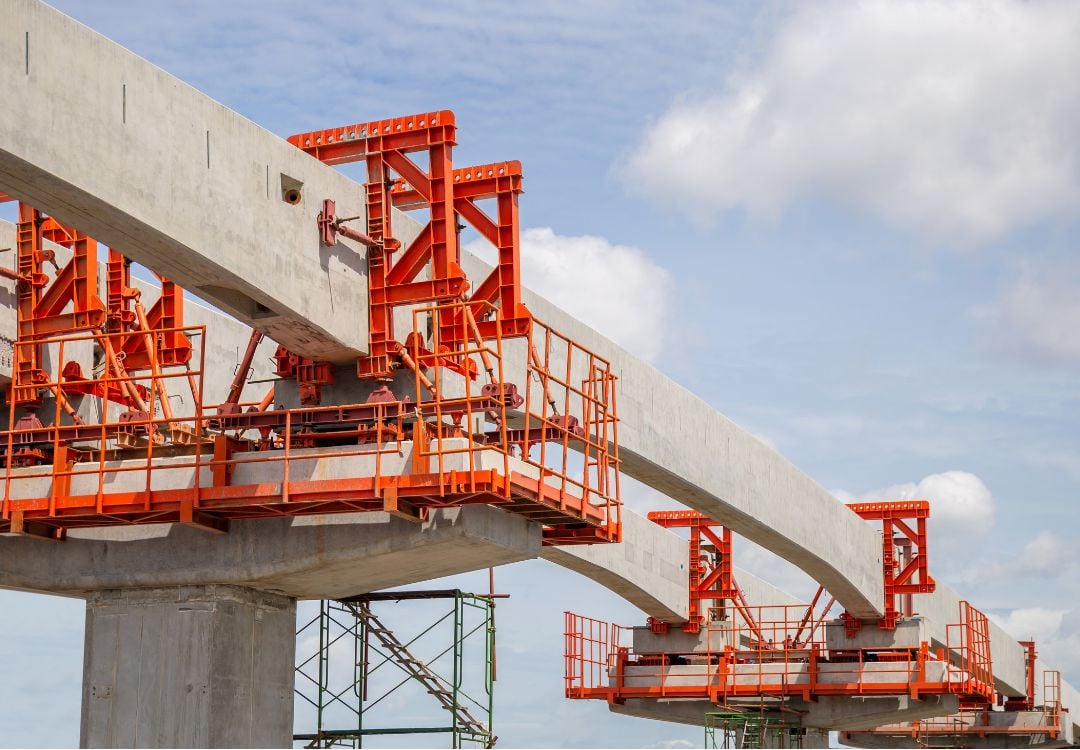
Source: Canva
On the higher end of the economy, foreigners are employed in specialist roles that Singapore cannot fully fulfil on its own.
“Take for example, AI [Artifical Intelligence] investments. We have Singaporeans who can attract AI investments into the country, but not enough,” he said.
That’s always the answer. We have Singaporeans, but not enough.
Furthermore, between the foreigners employed in lower-end jobs and higher-end specialist roles, the former takes up a much higher proportion.
Population In Brief 2024 shows that only 21% of non-residents are Employment Pass or S Pass Holders. Individuals in these groups are skilled workers who earn a salary comparable to locals by age.
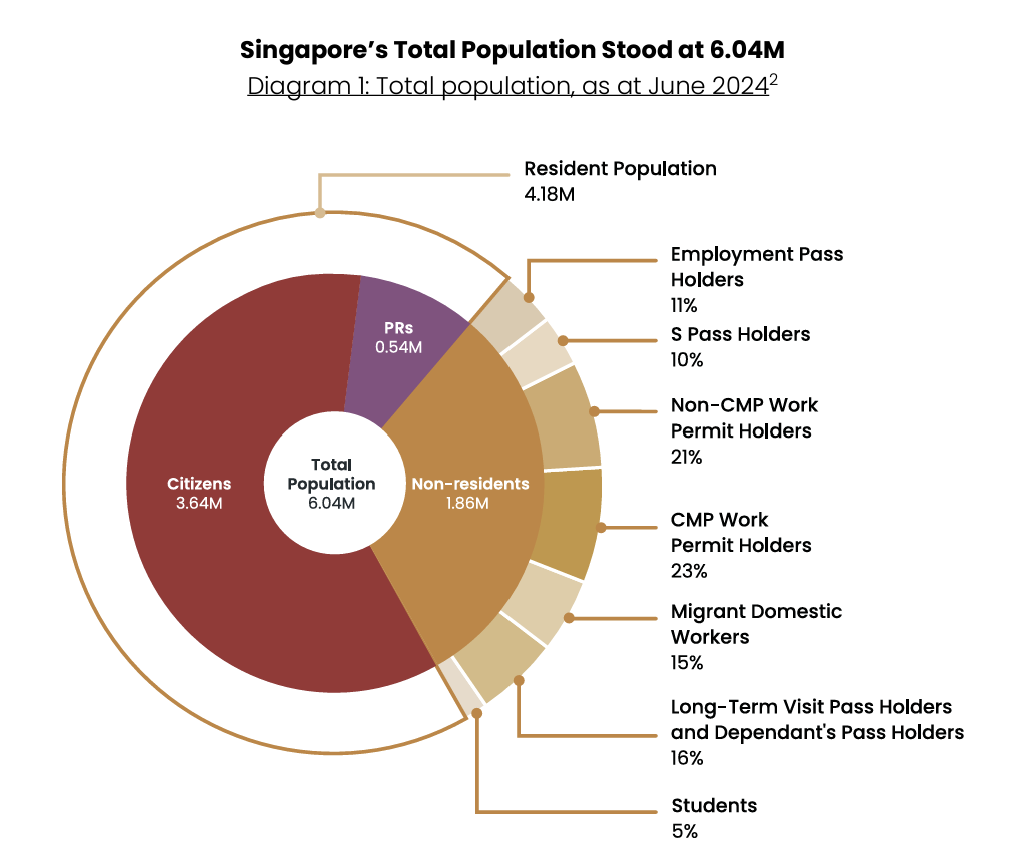
Source: Population In Brief 2024
Meanwhile, 59% are migrant domestic workers or work permit holders who are non-professionals, managers, executives and technicians (non-PMET) workers.
Drawbacks of having a larger non-native population
Rather than causing disadvantages to individual Singaporeans, the rising number of foreigners may instead hurt the country’s development in the long run.
Firstly, hiring more migrant workers because of their relatively lower cost can be incompatible with productivity.
“In other countries, productivity is driven by the need to use less labour since it’s expensive. Labour is cheap in Singapore, which lessens the need to become more productive,” Dr Theseira explained.

Source: CARE
In terms of specialist roles, there are jobs that require skills which are internationally portable, such as engineering, and those that are more specific to the local context, such as administrators.
If Singapore continues to hire foreigners excelling in the former, it will push Singaporeans to focus on localised skills, said Dr Theseira.
As such, Singaporeans may not be as competitive as others in the global labour market.
Dr Tan also weighed in on the significance of a “sufficiently large” population base. “[It] is important to the sustainability of economic systems and public services,” she said.
“In towns and cities plagued by depopulation in Japan and Europe, where schools and train systems have become unviable, homes lose value and young people face poor job prospects.”
However, there is also a need to manage “labour market” conditions.
“If there is a large youth base but they are poorly equipped for the job market due to too much resource competition, or if there is a large migrant worker population but they erode national labour productivity, the economy can still run into trouble.”
Reconciling the need for foreigners and negative sentiments
If Singapore continues to require foreign labour, is it then possible to reconcile the negative public sentiments regarding the influx of non-residents?
Perhaps there are ways for Singaporeans to better understand the benefits that foreigners bring.
“In most countries, the costs of immigration may tend to be more visible than the benefits,” said Dr Tan. “You can publicly observe usage of resources, whereas contribution to public goods is more private.”
She noted that more can be done to address this “imbalance in perceptions”.
Dr Theseira also highlighted that in fields Singaporeans are most worried about, there are already policies in place to protect Singapore Citizens.
In employment, new policies have tightened income requirements for Employment and Work Pass eligibilities.
Other examples Dr Theseira listed include the school fee differentiation between Singapore Citizens and other tiers of residence, and stricter rules of purchasing HDB flats applicable to Permanent Residents (PR).
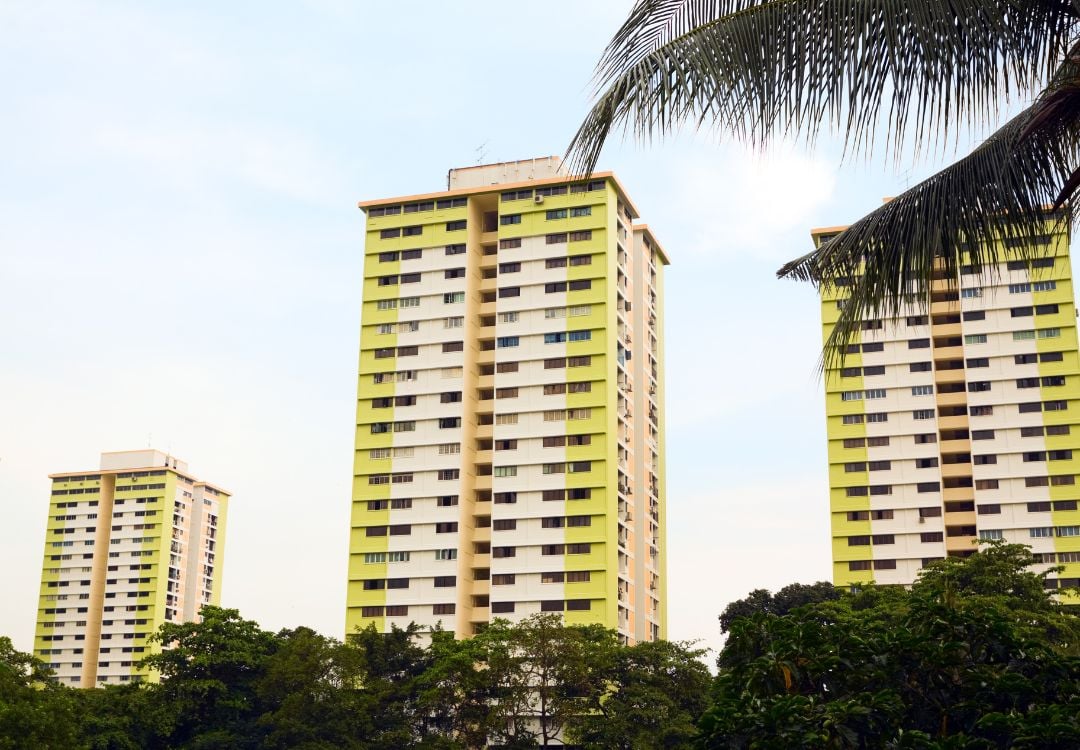
Source: Canva
He also pointed out that rising backlash towards foreigners is not exclusive to Singapore, and has been observed in the United States (US) and European countries as well.
To prevent similar polarisation from taking root in Singapore, he urged greater caution in comments regarding foreigners.
“We need to be aware whether certain views are amplified or based on untruths. The main question is always to what extent these concerns reflect the reality people see on the ground,” said Dr Theseira.
“If there is a problem, the Government needs to deal with it, but the unhappiness can also be based on appearances and not reality sometimes.”
Also read: Is there gerrymandering in S’pore? Two-thirds of poll respondents think so
Is there gerrymandering in S’pore? Two-thirds of poll respondents think so
Have news you must share? Get in touch with us via email at news@mustsharenews.com.
Featured image adapted from Canva.

